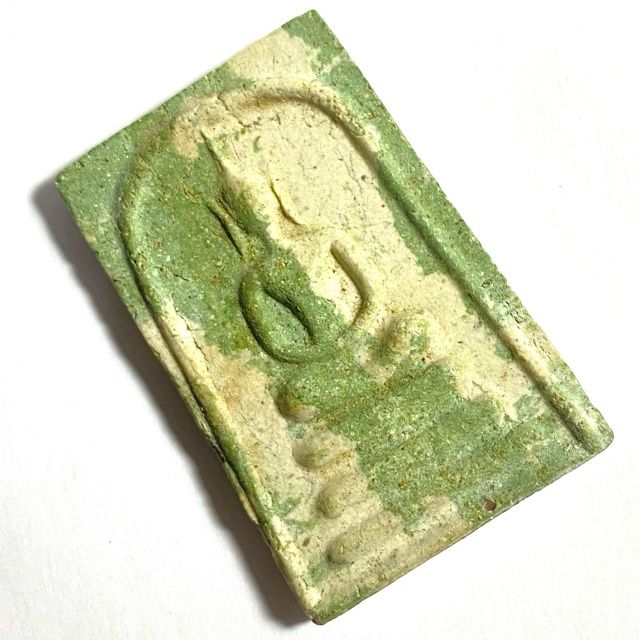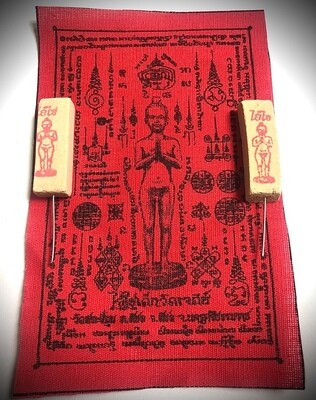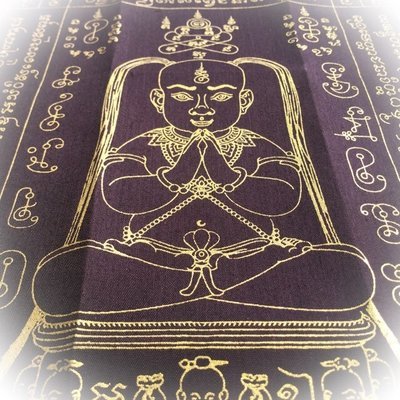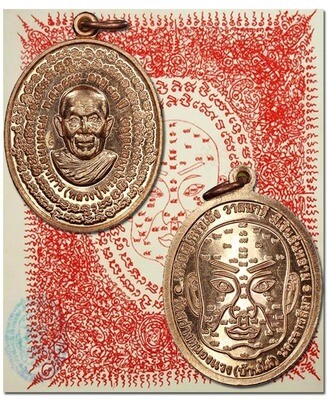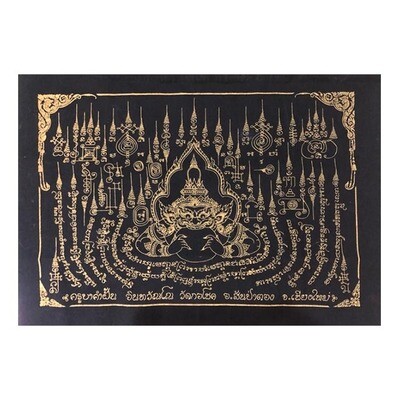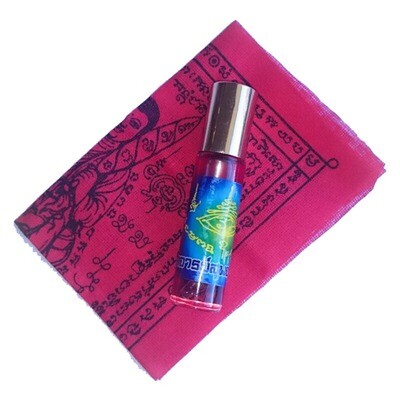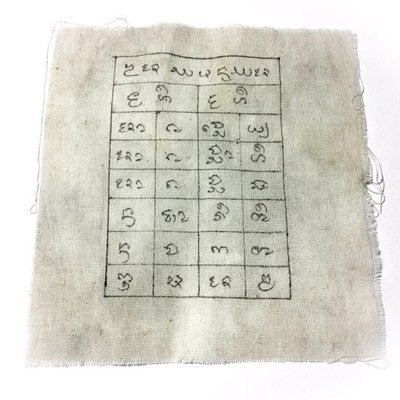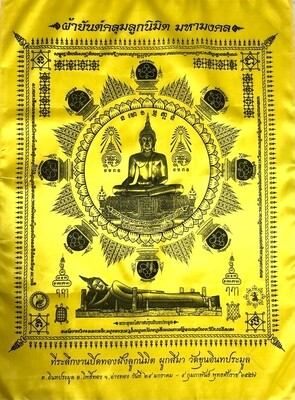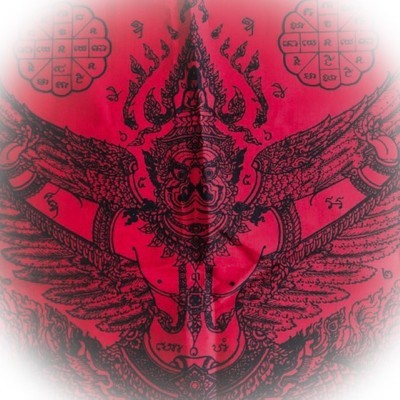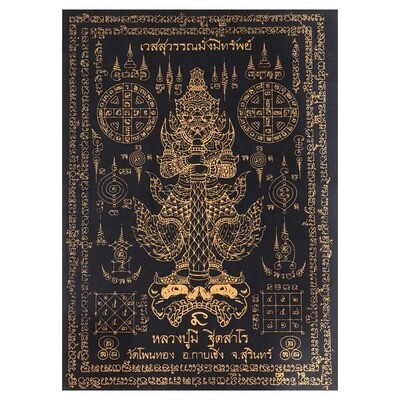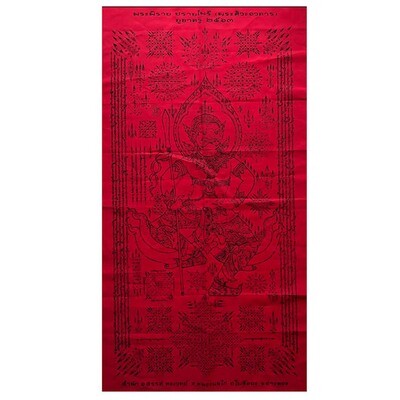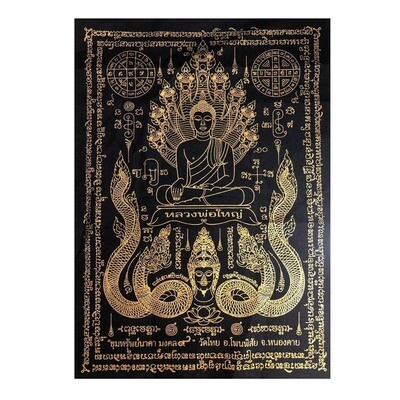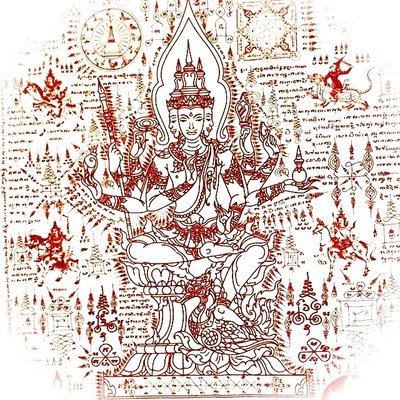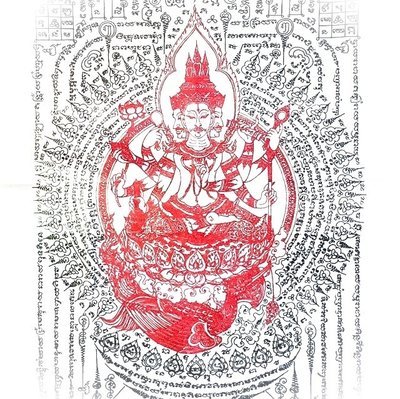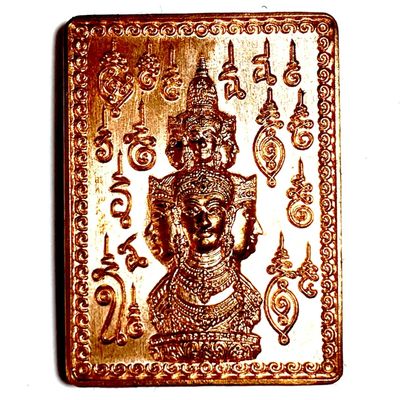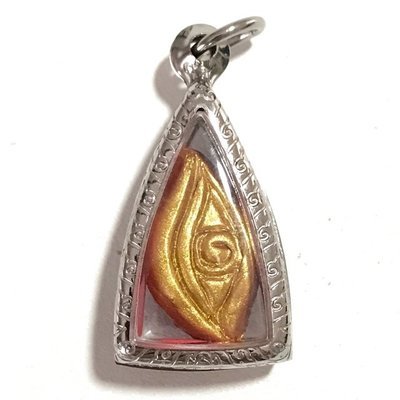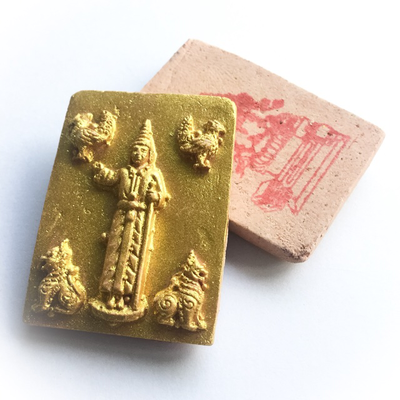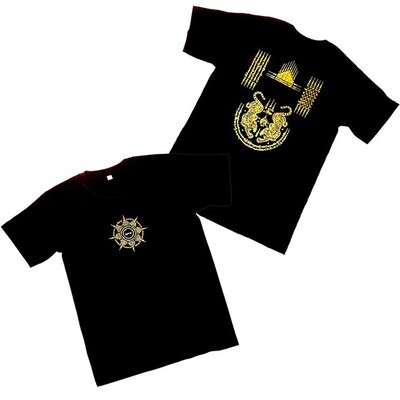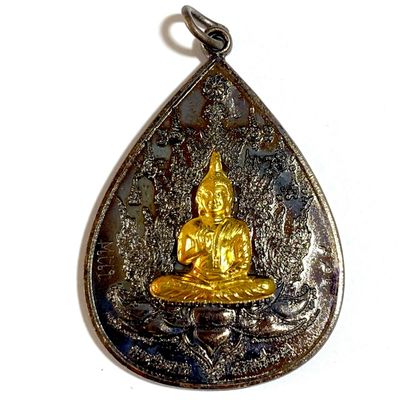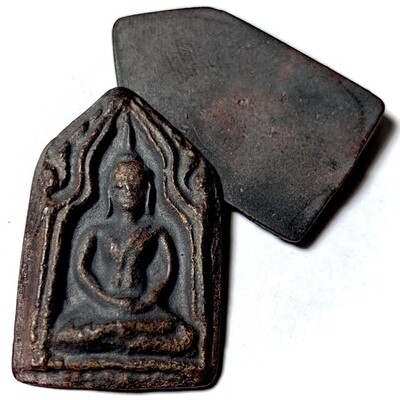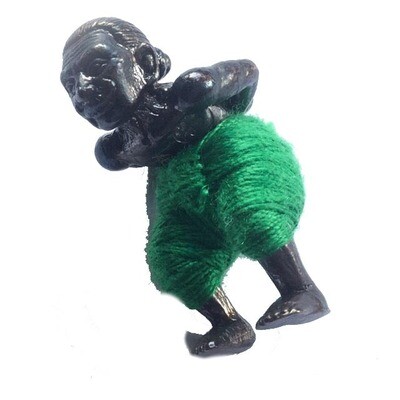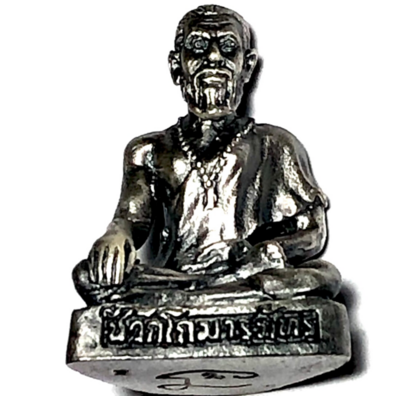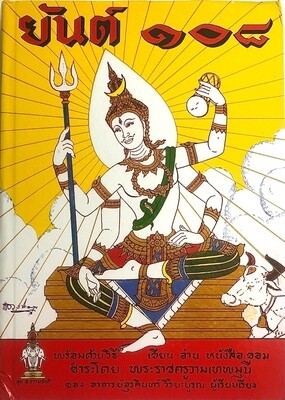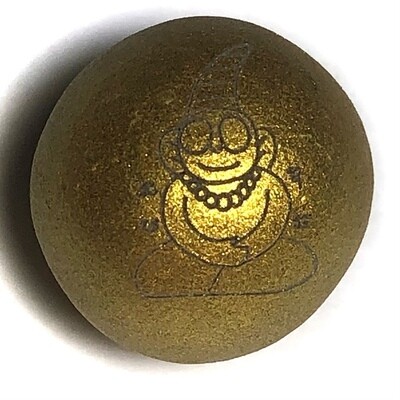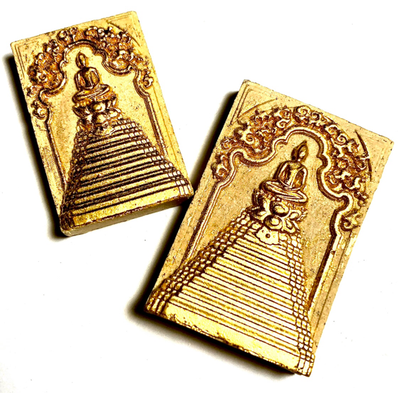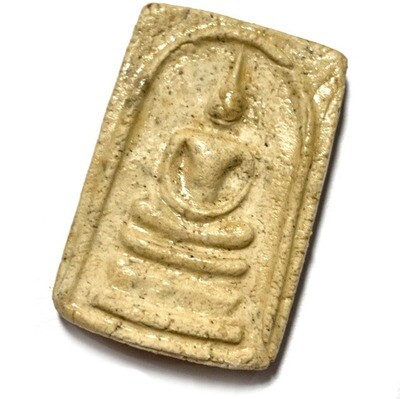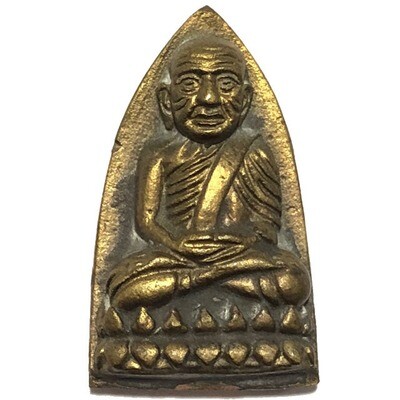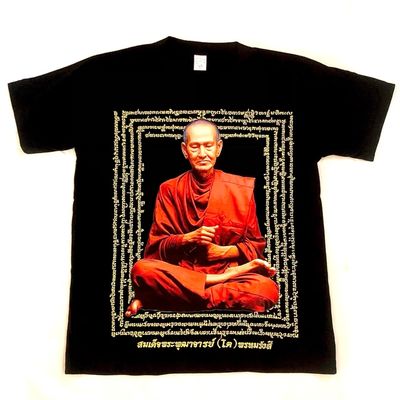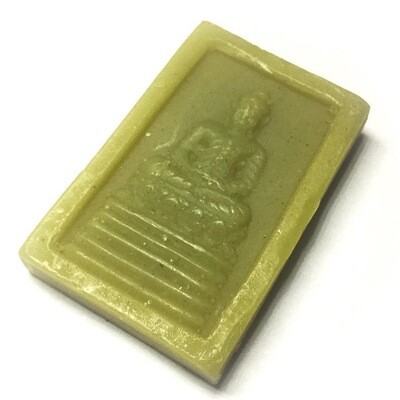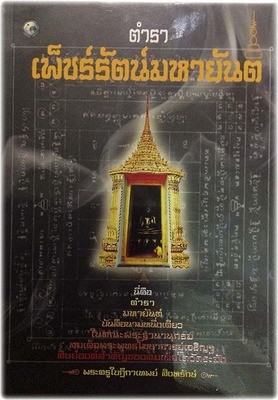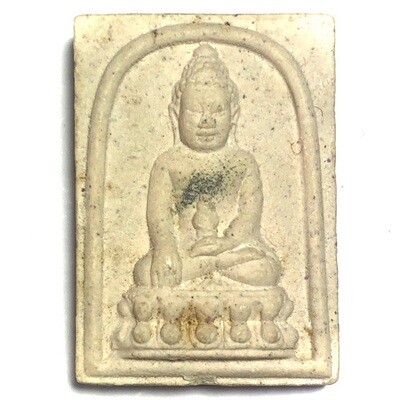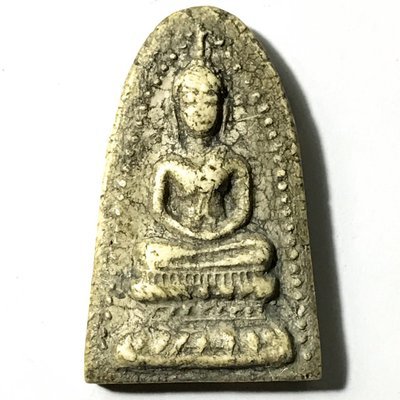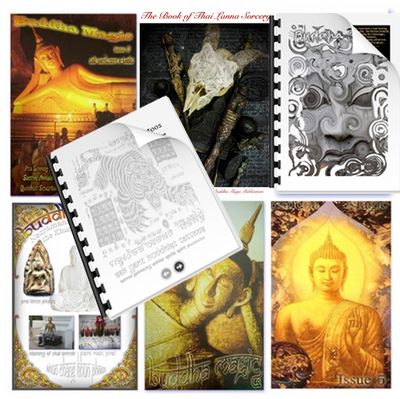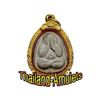

Thailand Amulets
Thai Buddhist and Magical amulets for Wealth, Health, Love and Happiness.
Vast Selection of Amulets
We have a vast selection of over 4000 different kinds of Sacred Amulets and Bucha Items, including Buddha Image, Loi Ongk statuettes, Buddhist Monk Coin Amulets, Takrut Charms, Nam Man Prai Oils, Mai Kroo Wands, Mitmor Ritual Knife, Lek Lai Kaya Siddhi Elemental Substance, Kumarn Tong, Gambling Amulets, Mae Nang Prai, Muan Sarn Sacred Powder Amulets, Palad Khik, Animist Charms, Necromantic Amulets, Buddhist, Animist, Brahman and Necromantic Amulets.
Pra Somdej Lai Suea Gao Chan 9 Tiered Dais Buddha Tiger Stripe Pattern 2516 BE Wat Jao Arm 2516 BE
Pra Somdej Lai Suea (Tiger-Pattern amulet), Pim Gao Chan, nine tiered dais model, in green and white colors from the year 2516 BE, released at Wat Jao Arm - a famous edition and rare classic amulet, from the great temple of Wat Jao Arm, one of the major Samnak and Pilgrimage temples of many great sorcerer monks of the past and present, (e.g. LP To, LP Mui, LP Tong Yoo), and is famous for its Pra Somdej Amulets, to the point where it has enjoyed having seen entire books published about the pantheon of Pra Somdej Amulets of Wat Jao Arm, which is an encyclopedic study that is something usually reserved for temples like Wat Rakang, Wat Gaes Chaiyo and Wat Bang Khun Prohm.
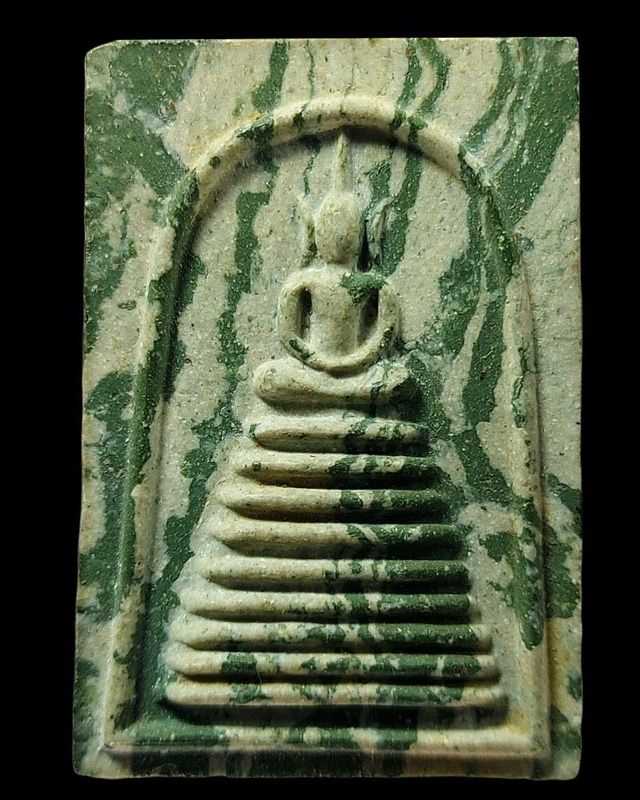
The Pra Somdej Neua Gesorn Amulets of 2516 BE (1973 CE)
The Pra Somdej Lai Suea amulets from Wat Jao Am, produced in 1973 BE (2516), are renowned for their grand consecration ceremony (Phra Pithi Yai) and exceptional spiritual qualities. These amulets were made available for merit-making donations and have since become highly sought-after, with individual pieces commanding prices in the many thousands of baht.
These sacred amulets, particularly those made of Neua Gesorn (floral powder), are revered for their powerful properties in Maha Sanaeh (great charm and popularity) and Klaew Klaad (protection from danger). They are especially noted for their ability to provide invulnerability (Kongrapan Chadtri) and have gained widespread fame, especially in Ratchaburi and Phetchaburi provinces, due to numerous accounts of miraculous experiences.
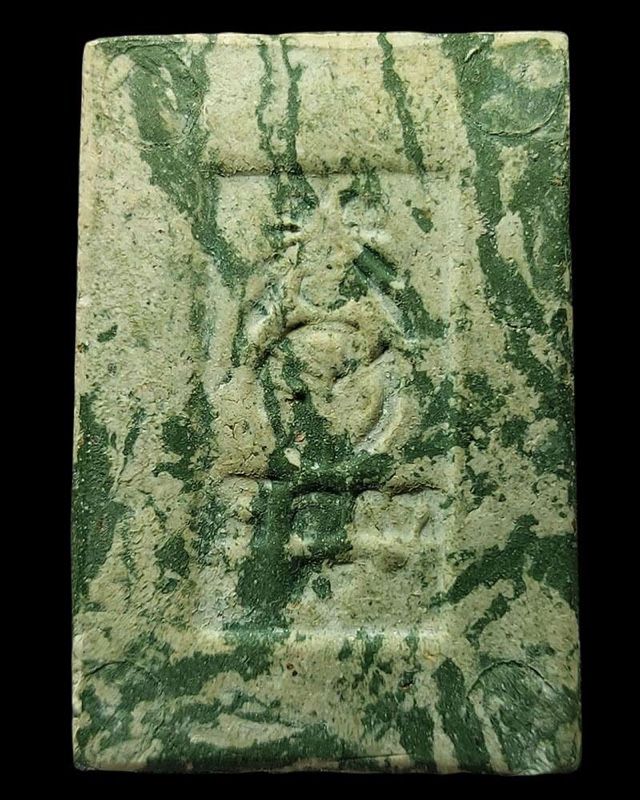
Historical Background
The original batch of these amulets was created in 1969 BE (2512) to be distributed to soldiers deployed in the Vietnam War. Later, additional amulets were made to distribute among soldiers, police officers, and the general public. Some were enshrined in the ancient principal prang (pagoda) at Wat Jao Arm, ensuring the continuation of Buddhist traditions.
The re-release of amulets stored in the Chedi, was led by Pra Ajarn Thonglam, also known as Pra Khru Niwith Sawat, then abbot of Wat Jao Arm. He followed the traditional formula of Somdej Pra Puttajarn (Toh Phrommarangsi), as passed down from Luang Pu Hin, a former senior monk of Wat Rakang Kositaram.
The Pra Somdej Neua Gesorn amulets, another famous edition posterior to the 1969 first batch. was also very well known for their sacred floral powder composition Those plain colored series amulets were produced later in 1973 under the patronage of two prominent figures: Field Marshal Praphas Charusathien, who at the time held multiple roles as Minister of Interior, Director-General of the Police Department, and Commander-in-Chief of the Army; and General Thawanchai Kotinanon, a former Permanent Secretary of the Ministry of Defense.
Sacred Materials Used in the Creation of the Amulets
To create these amulets, a significant quantity of Pong Gesorn (sacred floral powder) was gathered from various Buddhist monasteries. The mix also included Pong Itthije (a sacred powder of blessings) collected by Luang Por Pai, a former abbot of Wat Jao Arm, who had preserved this material over many years. Other notable sacred powders incorporated include:
Pong Puttakun Sacred Muan Sarn powders were contributed by revered monks such as: Luang Pu Toh, Wat Pradoo Chimplee, Luang Por Seng, Wat Kalayanamitr, Luang Por Kae, Wat Somsiao in Nakhon Sawan.
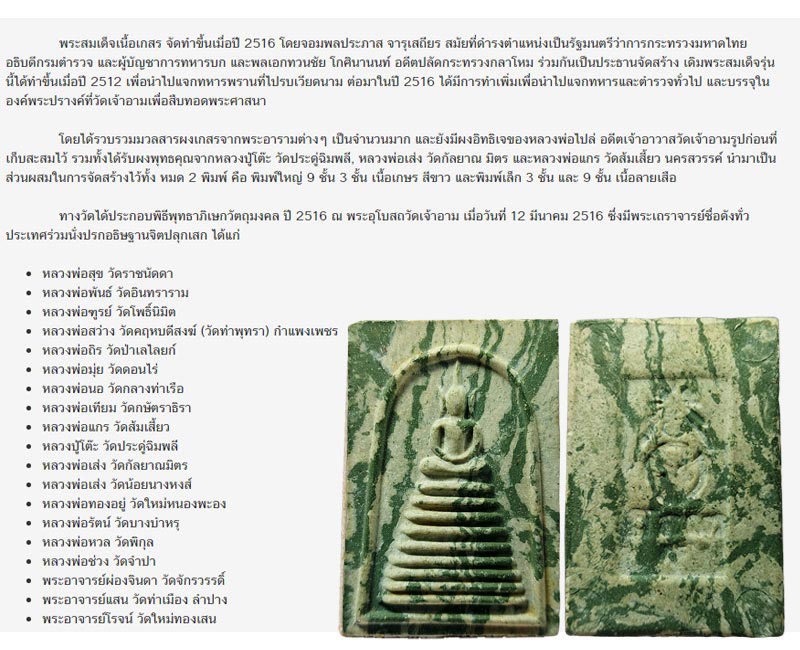
These amulets were released in two designs:
Pim Yai (large mold): 9-tier and 3-tier versions, made from white Gesorn powder, and Pim Lek (small mold): 3-tier and 9-tier versions, crafted from tiger-stripe-patterned powder (Neua Lai Suea).
Consecration Ceremony (Phutthaphisek)
A grand consecration ceremony was conducted on March 12, 1973, at the ordination hall of Wat Chao Am. This event brought together many of Thailand’s most venerated monks to imbue the amulets with their blessings and spiritual power. The monks who presided over the ritual included: Luang Por Suk, Wat Ratchanadda, Luang Por Phan, Wat Inthararam, Luang Por Thun, Wat Pho Nimit, Luang Por Sawang, Wat Khaek Khampeng Phet, Luang Por Thir Wat Palelai, Luang Por Mui, Wat Don Rai, Luang Por Nor, Wat Klang Tha Ruea, Luang Por Thiam, Wat Kasattrathirat, Luang Por Kae, Wat Somsiao, Luang Pu Toh, Wat Pradoochimplee, Luang Por Seng, Wat Kalayanamitr, Luang Por Seng, Wat Noi Nang Hong, Luang Por Thong Yoo, Wat Mai Nong Pa Ong, Luang Por Rat, Wat Bang Bakork, Luang Por Phon, Wat Phikul, Luang Por Chueng, Wat Jampa, Pra Ajarn Phong Jinda, Wat Chakrawat, Pra Ajarn Saen, Wat Tam Muang, Lampang, Pra Ajarn Roj, Wat Mai Thong Sen
This consecration ensured that the amulets were imbued with potent protective and auspicious powers, making them not only revered sacred objects but also valuable tools for the spiritual and worldly benefit of the recipients. The Pra Somdej is a classic Buddhist amulet, which represents the Buddha sitting in meditation on top of a lotus throne. It is recognized as one of the five top amulets from Thailand, also known as 'Benja Pakee' amulets.
This type of amulet has a long history of making in the royal temples in Thailand. The meaning behind the sacred image of Pra Somdej thus carries important historical information, as well as cultural and artistic value. As to the multiple ritual consecration ceremonies performed to empower these Pra Somdej amulets, this obviously charged the sacred powder amulets with tremendous power as a result of the large number of great guru masters who blessed the Somdej images. Similarly, the sacred ingredients used for the making of these Pra Somdej amulets have absorbed the highly auspicious vibrations and energies that were transmitted onto the amulets.
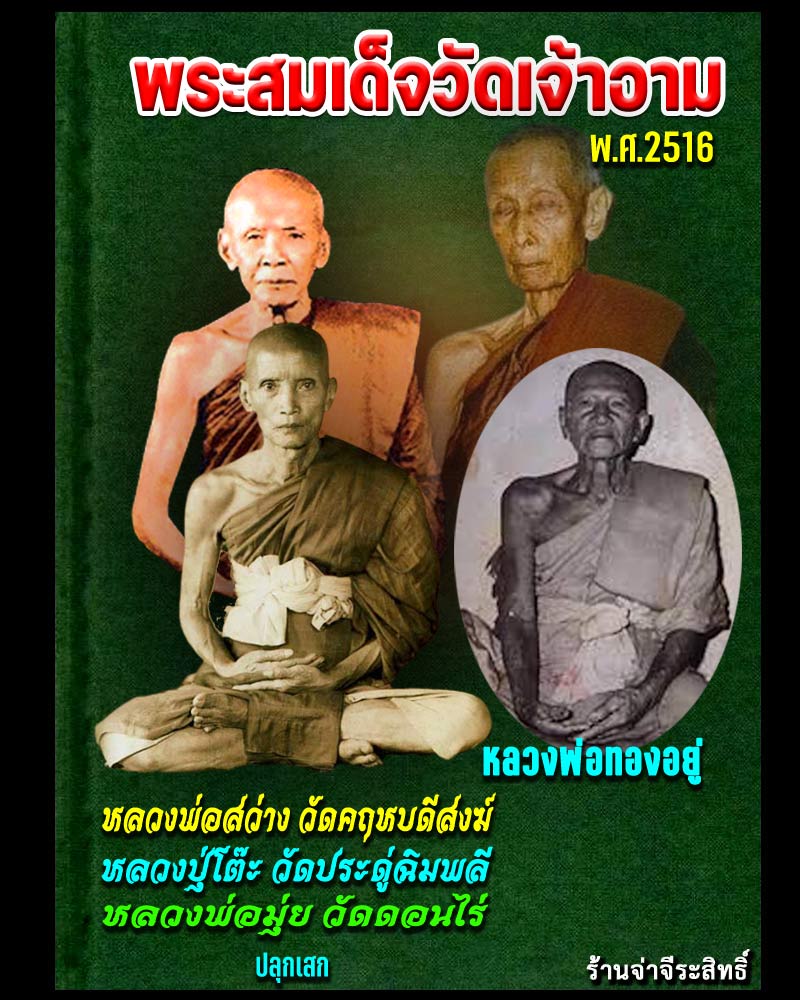
The Pra Somdej amulets from Wat Jao Arm, are said to be a favorite acquisition for the true and dedicated collector of genuine and sacred Buddhist amulets, and a most valuable heirloom piece for future generations.
Wat Jao Arm is situated in Bang Khun Non in Bangkok Noi. It is a very old temple of the Tonburi era, which was built by Somdej Prajao Taksin Maharaj in 2322 BE. The temple was built in honor of Somdej Prajao Taksin Maharaj's concubine named 'Arm', who was also known as 'Jao Arm'. At the same time, a chedi prang stupa was built wherein the remains of Jao Arm would be preserved. In its heydays, the natural environment of the area near the temple was characterised by a lot greenery and vegetation, yet over time the population increased significantly. However, Wat Jao Arm soon could no longer facilitate the rapidly growing demand for the various religious services to be provided to the laity.
Hence, in order to be able to provide the lay people the public services they ask for, such as weddings, funerals, ordinations, etc. Wat Jao Arm was forced to expand the temple grounds. Through the making and distribution of Pra Somdej amulets, the temple thus found a way to gather the funds needed to buy an extra piece of land, and refurbish the ancient Pra Prang Stupa.
It is said, that the generous person whose sincere intention is to selflessly contribute to the accomplishment of such a noble cause as intended by the Sangha, will accumulate in-numerous merit and virtue by the act of giving Dhana. One who correctly performs the practice of generosity will thereby create auspicious causes for both him or herself and for the community this person is a part of. Also, it can be considered a wholesome deed of preserving the Buddhist religion in this world for future generations. This is of course the reason why true supporters and faithful followers of Buddhism buy amulets like Pra Somdej, namely to assist in the preservation of the Faith.
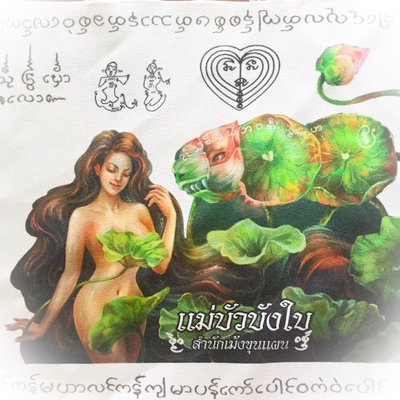
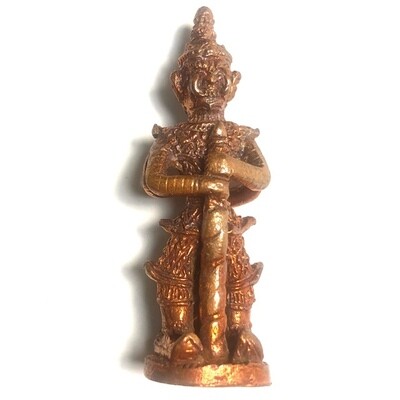
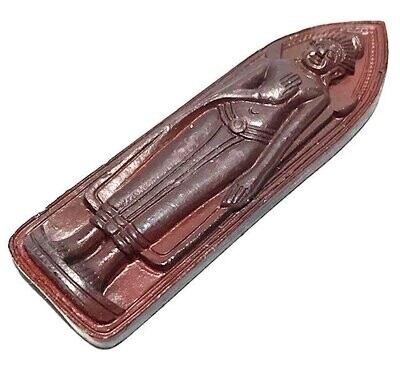
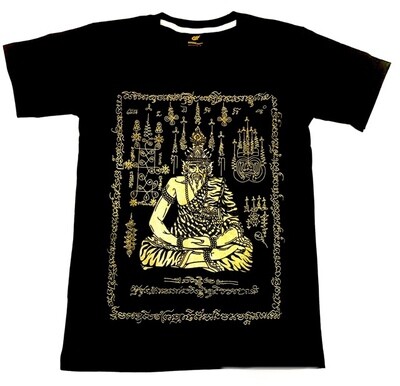
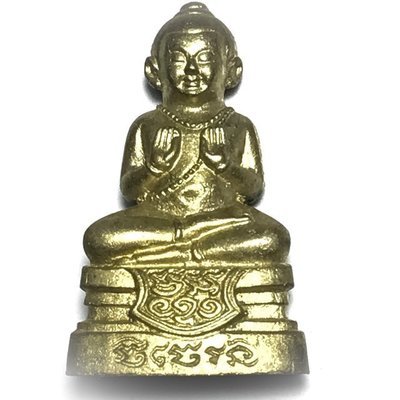
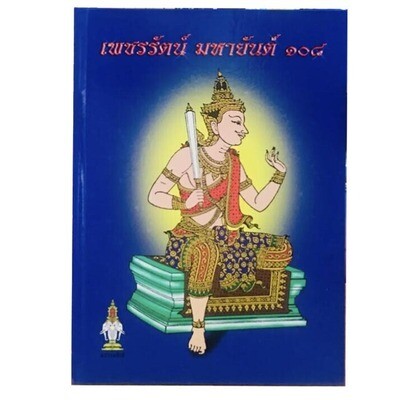
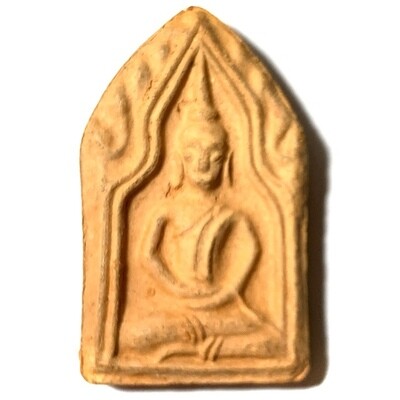
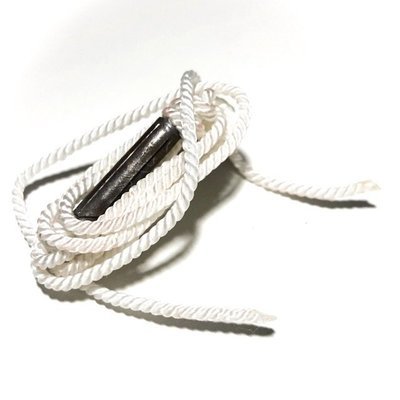
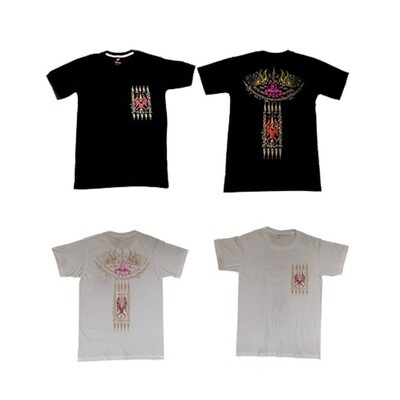
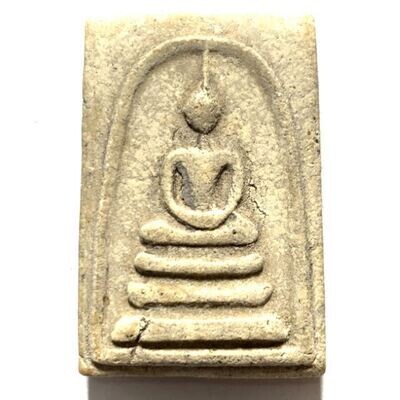
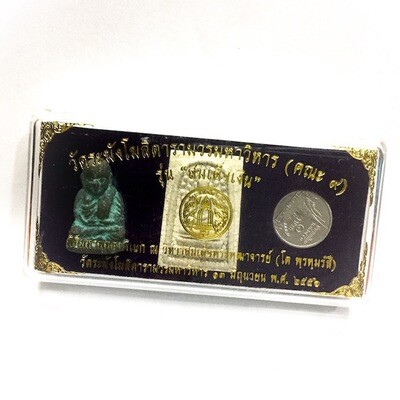
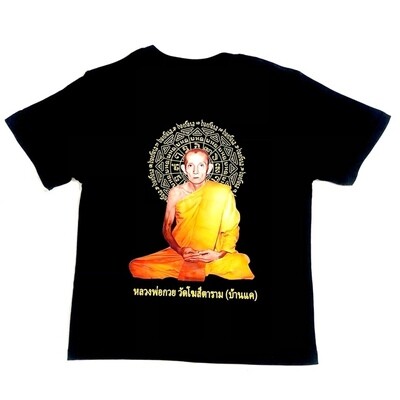
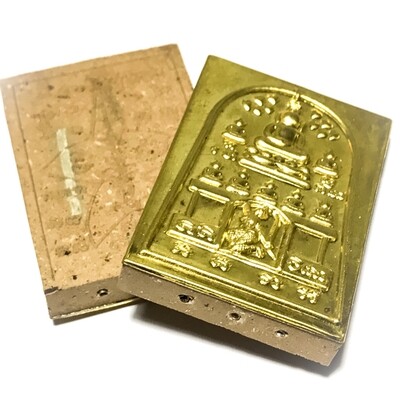
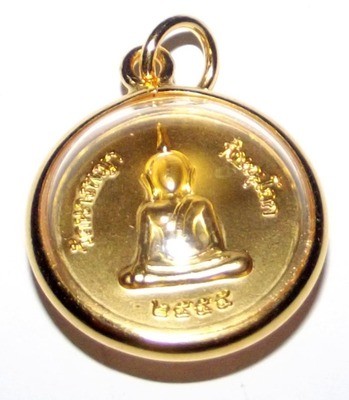
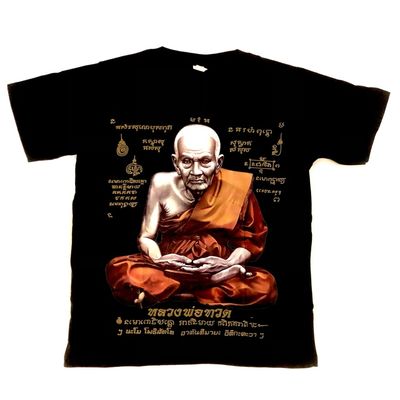
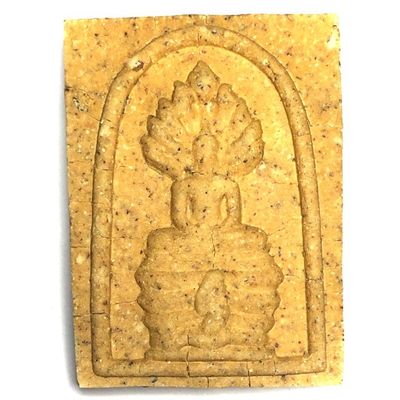
Contact Us
Follow Us on Youtube
About Us
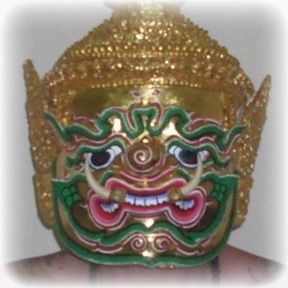
Ajarn Spencer
Proprietor
Thailand Amulets is owned and Administrated by Thai Occult and Amulet expert, Ajarn Spencer Littlewood who guarantees only authentic blessed amulets, and a free gift with every order, as well as his safe delivery or money back guarantee. https://facebook.com/ajarnspencer
